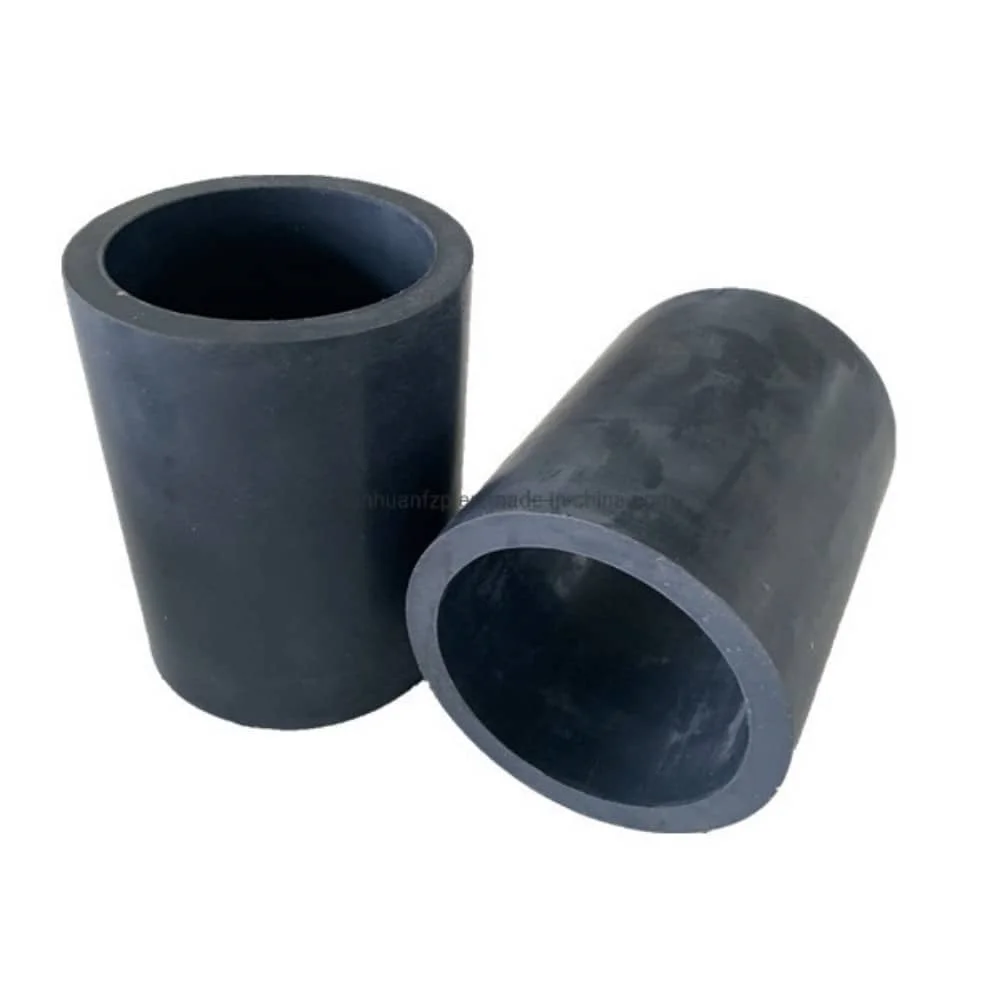Polytetrafluoroethylene, commonly known as PTFE, is a versatile and widely used material in various industries. Understanding PTFE plastic rods and their applications can help you make informed decisions about using this unique material in your projects. In this article, we’ll explore the key specifications, common applications, and benefits of PTFE rods.
PTFE is a synthetic fluoropolymer of tetrafluoroethylene, known for its non-stick properties and high resistance to heat and chemicals. This makes PTFE plastic rods an excellent choice for a wide range of applications. PTFE is best known by the brand name Teflon, which is often used in cookware for its non-stick properties. However, PTFE’s usefulness extends far beyond the kitchen.
Key Specifications of PTFE Rods
PTFE rods come with a set of distinct specifications that make them suitable for various industrial applications. Some of the key characteristics include:
- Temperature Resistance: PTFE can withstand temperatures ranging from -328°F to 500°F (-200°C to 260°C), making it suitable for high-temperature applications.
- Chemical Resistance: PTFE is resistant to almost all chemicals, making it ideal for use in harsh chemical environments.
- Electrical Insulation: PTFE is an excellent electrical insulator, which is why it’s commonly used in electrical applications.
- Low Friction: PTFE has one of the lowest coefficients of friction of any solid, making it perfect for applications requiring minimal friction.
Manufacturing and Sizes
PTFE plastic rods are manufactured through a process called extrusion. This process allows for the production of rods in various diameters and lengths, depending on the needs of the specific application. Standard sizes are readily available, but custom sizes can also be manufactured to meet specific requirements.
Common Applications of PTFE Rods
PTFE rods are used in a wide range of industries due to their unique properties. Here are some common applications:
Industrial Applications
- Chemical Processing: PTFE’s chemical resistance makes it ideal for use in chemical processing plants, where it is used for lining tanks, pipes, and valves.
- Mechanical Engineering: PTFE rods are used in the manufacturing of seals, gaskets, and bearings due to their low friction and high wear resistance.
- Food and Beverage: PTFE is FDA approved for food contact, which makes it suitable for use in food processing equipment.
Electrical Applications
- Insulation: PTFE rods are often used as insulators in electrical components due to their excellent dielectric properties.
- Cable Coatings: The material’s ability to withstand high temperatures makes it ideal for use as a coating for cables and wires in demanding environments.
Medical Applications
- Medical Devices: PTFE’s biocompatibility makes it suitable for use in medical applications, such as in the manufacturing of catheters and surgical instruments.
Advantages of Using PTFE Rods
PTFE rods offer several advantages that make them a preferred choice in many industries:
Non-Stick and Low Friction
One of the most notable features of PTFE is its non-stick property. This makes PTFE rods an excellent choice for applications where materials must not adhere to surfaces. Additionally, the low friction of PTFE reduces wear and tear on components, extending their lifespan.
High Thermal Stability
PTFE can operate at extreme temperatures without losing its properties, making it suitable for applications involving high heat or cold. This thermal stability ensures the material remains effective in various environments.
Resistenza chimica
PTFE’s resistance to a wide range of chemicals makes it ideal for use in environments where exposure to corrosive substances is a concern. This chemical resistance also contributes to the material’s durability and longevity.
Electrical Insulation
PTFE’s excellent electrical insulating properties make it a valuable material for use in electrical applications. It can effectively prevent electrical leaks and maintain the integrity of electrical systems.
Considerations When Using PTFE Rods
While PTFE rods offer numerous benefits, there are some considerations to keep in mind when using this material:
Cost
PTFE can be more expensive than other materials, which may be a consideration for budget-conscious projects. However, its durability and long lifespan often justify the initial investment.
Mechanical Properties
While PTFE is highly resistant to many factors, it is relatively soft and can be prone to deformation under high load conditions. In applications where mechanical strength is a priority, PTFE may need to be reinforced or used in conjunction with other materials.
Environmental Impact
Like many plastics, PTFE is not biodegradable. While it offers excellent performance characteristics, it’s essential to consider the environmental impact and explore recycling options where available.
Conclusione
PTFE plastic rods are a versatile and valuable material used across various industries due to their unique properties. Understanding PTFE rod specifications and applications can help you determine how best to utilize this material in your projects. Whether you’re working in chemical processing, electrical engineering, or food and beverage industries, PTFE rods provide reliable performance and long-lasting benefits.
By considering the advantages and potential limitations of PTFE, you can make informed decisions that will enhance the efficiency and effectiveness of your operations. With its exceptional thermal, chemical, and electrical properties, PTFE remains a top choice for many demanding applications.









